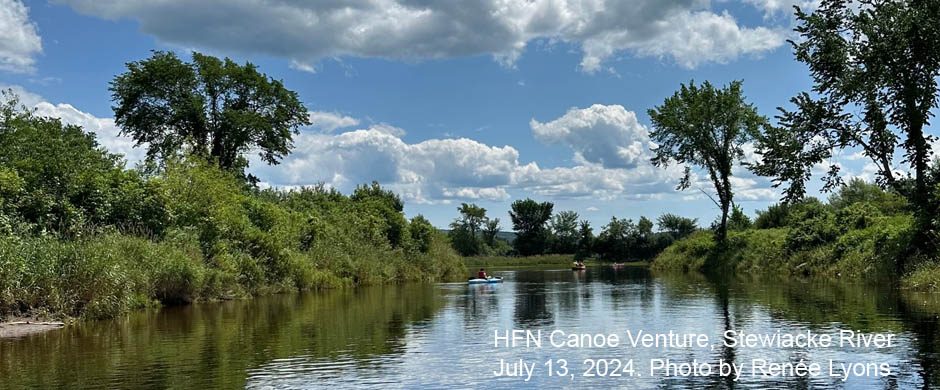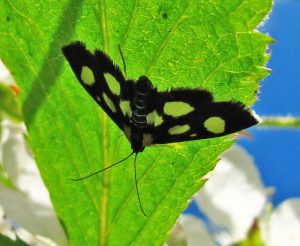That prompted area resident Bev W. to comment on some of her observations in Ontario and N.S., and share a photo album of Moths of Round Hill, Nova Scotia. Bev has many more files to add to that, she notes.
Writes Bev:
I’ve been setting up moth lamps and photographing moths here at Round Hill since I bought my land in 2010. There have been changes in the moths in that time — I rarely see the large moths — Luna, Cecropia, and all the Sphinx moths anymore. When I first arrived in 2010, they were quite impressive. I used to set up moth lamps at my farm in Ontario beginning in 2003, and by 2008 when I sold the place, the moth population there had taken a real nose dive. There was a lot of spraying on land close to my property — a 500 acre nursery sod across the road that sprayed and sprayed all summer long — probably herbicides, but also most likely something to kill grubs. I also photographed all kinds of insects and spiders at my farm — basically building a species record for the place — and saw the same decline in species — I would say 2005-2006 was some kind of tipping point. I think this is why we need to be doing bioblitzes — trying to determine base lines of species — not just insects — but amphibians, reptiles, birds, and so on — so that we have a handle on what’s going on — what factors may be behind sudden declines. That information will also be useful in devising recovery strategies — if we can figure out what is causing the decline, perhaps we can eliminate those causes.

